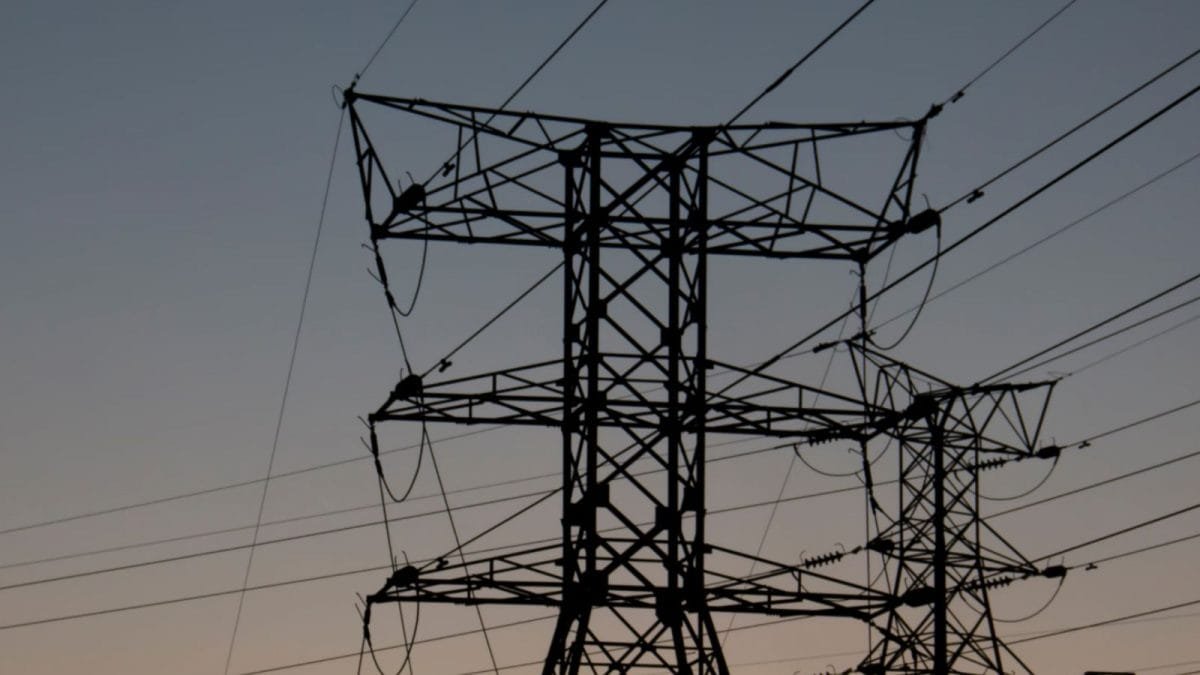Last Updated:July 02, 2025, 17:31 IST
Achieving financial sustainability requires efficient billing & collection systems, minimising T&D losses, and maintaining tariffs that balance affordability with revenue adequacy.
According to a recent study by ICRA, India’s power demand is set to grow 6-6.5% annually till FY2030, driven by the EV market, data centres, and green hydrogen projects.
Authored By Suranjit Mishra:
Financial sustainability is a critical component of the power distribution landscape, which has a long-term positive impact on electricity distribution companies (discoms). According to a recent study by ICRA, India’s power demand is set to grow 6-6.5% annually till FY2030, driven by the EV market, data centres, and green hydrogen projects. This highlights the urgent need for financial sustainability in discoms, which is essential for covering operational costs, upgrading infrastructure, ensuring reliable supply, and generating reasonable returns for stakeholders. However, achieving financial sustainability is not an easy proposition. This requires efficient billing and collection systems, minimising transmission and distribution losses, and maintaining cost-reflective tariffs that balance affordability for consumers with revenue adequacy.
The challenge facing discoms in India is unique. They have to ensure a delicate balance between ensuring affordable power supply for consumers and maintaining commercial viability. Though it may seem idealistic, this balance must be realistically addressed and communicated in line with ground realities. This balancing act is the need of the hour, especially as India—now the world’s fourth-largest economy—advances towards its ambitious vision of Viksit Bharat — becoming a $30 trillion economy by 2047.
FINANCIAL CHALLENGES
Many positive developments are happening in India’s power sector, including a sharp reduction in power shortages. National energy shortages have fallen to just 0.1% in FY2024-25, down from 4.2% in FY2013-14. Electricity availability in rural areas increased from 12.5 hours in 2014 to 21.9 hours, while urban areas now enjoy up to 23.4 hours of supply. However, challenges remain, especially for discoms. According to the Reserve Bank of India (RBI), state-owned discoms had accumulated losses of ₹6.5 lakh crore by 2022-23, about 2.4% of the country’s GDP.
Reform measures under the Revamped Distribution Sector Scheme (RDSS) have reduced AT&C losses to 15.37% and the ACS-ARR gap to Rs 0.45 per kWh in FY2023. But rising per capita energy consumption—up 45.8% from 957 kWh in 2013-14 to 1,395 kWh in 2023-24—will place additional financial pressures on discoms. Persistent issues such as electricity pilferage, aging infrastructure, heavy subsidy burdens, climate risks as highlighted by the WMO, and a shortage of skilled workforce continue to strain power distribution sustainability. These factors drive high losses, frequent breakdowns, costly repairs, and slow adoption of modern technologies.
SOLUTIONS TO FINANCIAL SUSTAINABILITY
Ensuring the financial sustainability of discoms requires a strategic blend of operational efficiency, technological upgrades, and sound financial management. Smart metering and grid digitization can significantly improve billing accuracy, reduce technical and commercial losses, and enable better demand-side management. Similarly, integrating renewable energy reduces procurement cost volatility and enhances long-term predictability of energy expenses.
Modernising infrastructure — from transformers to substations — is equally essential to reduce outages and technical losses. Adoption of technologies like AI and analytics can aid in demand forecasting, theft detection, and predictive maintenance, further strengthening grid resilience. In this regard, revitalising ageing infrastructure must be prioritized, supported by clear policy incentives to attract clean energy investments.
Targeted financial reforms are equally critical. Discoms need long-term debt restructuring linked to performance outcomes, alongside innovative financing tools like green bonds, Infrastructure Investment Trusts (InvITs), and state-backed guarantees to attract low-cost capital. Policy-driven investment frameworks—such as viability gap funding for storage infrastructure or fiscal incentives for renewable-distribution integration—can further enhance discoms’ financial viability. Tariff rationalization that gradually aligns rates with actual supply costs, while protecting low-income consumers through direct benefit transfers, is another essential lever.
To address future shocks, a central risk mitigation fund can be instituted to absorb revenue losses from climate events or demand fluctuations. Additionally, tapping into new revenue streams such as green energy trading and carbon credit monetization can diversify income sources. Aligning with emerging Battery Energy Storage System (BESS) initiatives is also crucial to enable grid flexibility, support renewable integration, and improve load balancing—ultimately making discoms more financially and operationally resilient.
Strong governance and financial discipline must underpin these efforts. Transparency, professional management, and robust accountability frameworks will boost investor confidence. The Ministry of Power’s Integrated Rating and Ranking system is a step in this direction and should be continuously refined to encourage better financial and operational outcomes across discoms.
NEED FOR SUSTAINED GOVERNMENT PUSH
The central government’s consistent push for power sector reforms is commendable and must persist. A flagship initiative in this direction is the Revamped Distribution Sector Scheme (RDSS), which aims to enhance the operational efficiency and financial sustainability of discoms through infrastructure modernization, widespread smart metering, and performance-linked incentives. Notably, the RDSS sets ambitious targets—reducing Aggregate Technical and Commercial (AT&C) losses to 12–15% and eliminating the Average Cost of Supply–Average Revenue Realized (ACS-ARR) gap by 2025. Structural reforms, such as the Electricity (Amendment) Bill, complement RDSS by promoting competition and consumer choice, and emphasize growing public-private partnerships.
A notable example of successful reform is the Delhi model, where privatization of power distribution led to significant improvements in efficiency, substantial reduction in AT&C losses, and enhanced consumer service. While privatization is not a one-size-fits-all solution, it demonstrates that in regions with robust governance and regulatory frameworks, it can energize the distribution sector, making it more accountable, transparent, and consumer-friendly.
THE ROAD AHEAD
Achieving financial sustainability remains central to India’s goal of delivering universal, affordable, and clean energy. As energy demand continues to surge with rising urbanization and electrification of transport, financial sustainability will become even more pivotal. To achieve this, a cohesive strategy is required—grounded in technological innovation, stable and supportive policies, governance reforms, and capacity building.
Strengthening the financial and operational health of discoms through targeted initiatives like the Revamped Distribution Sector Scheme (RDSS) is vital, alongside efforts to revitalize ageing infrastructure, incentivize clean energy investments, and align with Battery Energy Storage System (BESS) initiatives. These reforms must be accompanied by measurable improvements in service delivery, transparency, and stakeholder collaboration.
With a resilient and future-ready power distribution system, India can not only meet its energy needs but also empower economic growth and environmental stewardship. Equally important is attracting long-term private and institutional investments into the distribution sector, supported by risk-sharing frameworks and timely, cost-reflective tariffs to enhance investor confidence and ensure financial sustainability. With sustained efforts, India can lay the foundation for a robust and financially sound power distribution landscape.
(The author is chief financial officer & corporate governance at Tata Power-DDL)
A team of writers and reporters decodes vast terms of personal finance and making money matters simpler for you. From latest initial public offerings (IPOs) in the market to best investment options, we cover al…Read More
A team of writers and reporters decodes vast terms of personal finance and making money matters simpler for you. From latest initial public offerings (IPOs) in the market to best investment options, we cover al… Read More
- First Published:
#Power #Sector #Financial #Sustainability #Discom #Landscape #Resilient #Economy #News



